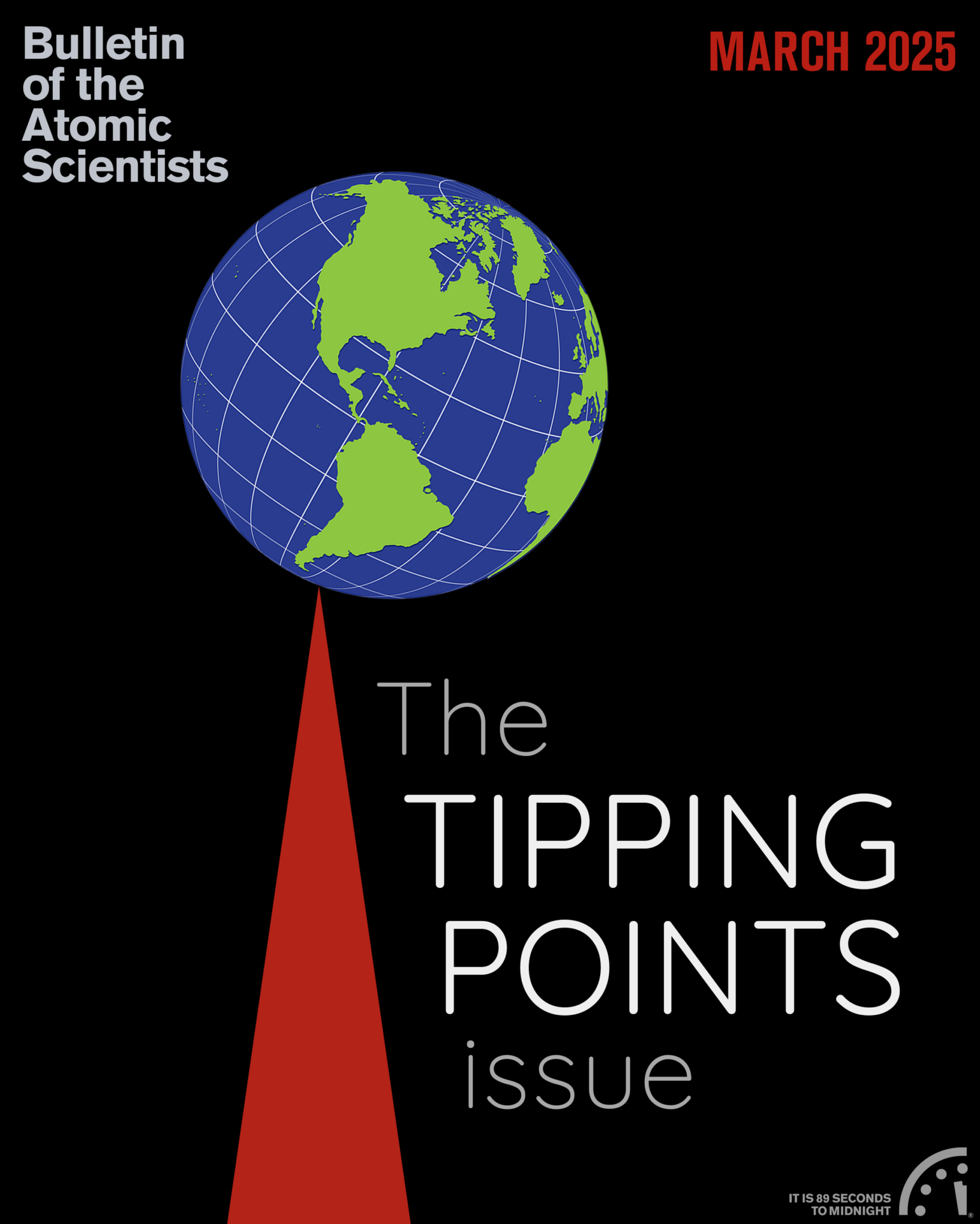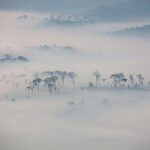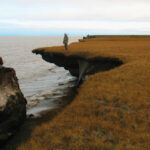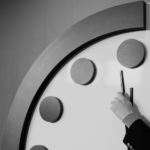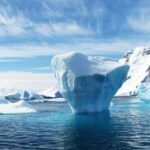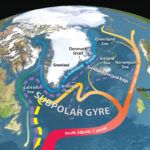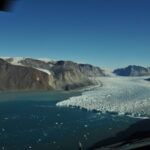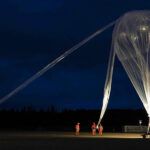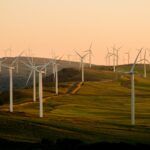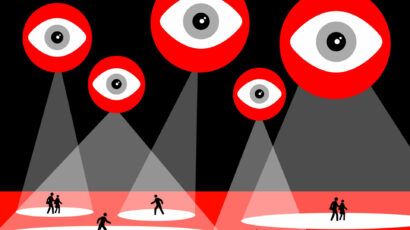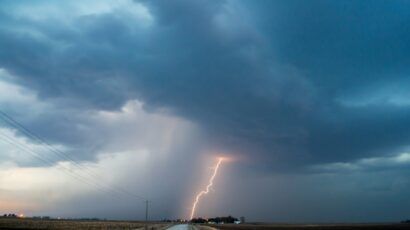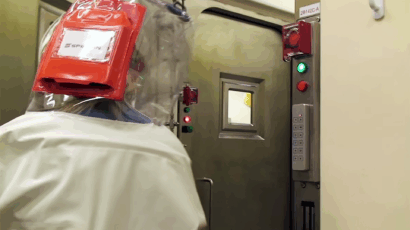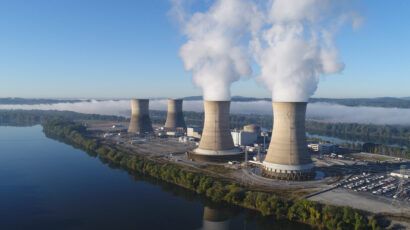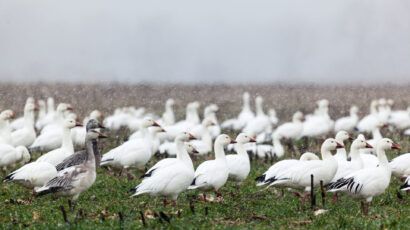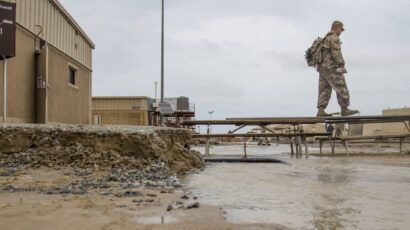(Trying to) keep it cool: Vladimir Romanovsky on permafrost fieldwork
By Dan Drollette Jr | March 12, 2025
Vladimir Romanovsky works at a permafrost-monitoring site on Alaska’s North Slope in 2007. Image courtesy of Vladimir Romanovsky
(Trying to) keep it cool: Vladimir Romanovsky on permafrost fieldwork
By Dan Drollette Jr | March 12, 2025
Loading...
Together, we make the world safer.
The Bulletin elevates expert voices above the noise. But as an independent nonprofit organization, our operations depend on the support of readers like you. Help us continue to deliver quality journalism that holds leaders accountable. Your support of our work at any level is important. In return, we promise our coverage will be understandable, influential, vigilant, solution-oriented, and fair-minded. Together we can make a difference.
Keywords: Arctic, boreal forest, climate change, permafrost, tipping points, tundra
Topics: Climate Change
Get alerts about this thread
0 Comments
Oldest

